A tried-and-tested teaching strategy is storytelling, whether it be through books, lectures, or oral storytelling. The art of storytelling has evolved in today’s world. The use of digital resources, such as audio files, films, and photographs, has made it richer; this technique is known as digital storytelling.
In the fields of health and teacher education, digital storytelling has been utilized to help students create professional identities and to facilitate self-reflection through the creation and sharing of digital stories based on their everyday experiences. As a method, it cultivates digital literacy, promotes higher-order thinking abilities, and serves as the unifying factor that can transform students into genuine 21st-century learners.
For a long time, teachers have supplemented their instructional methods in the classroom using technology. While mathematical instruments like abacus and slide projectors were widely used in classrooms in the 1950s, students today are exposed to more complex technology in the form of digital media, including blogs and podcasts, interactive whiteboards, and mobile devices that are useful for a variety of tasks.
There are two ways in which digital storytelling is found to be very helpful and effective:
Digital Storytelling as a Powerful Teaching Instrument for Teachers
Time and effort can be saved by teachers by using digital storytelling. According to studies, educators that employ digital storytelling more skillfully inspire their pupils to participate in class discussions and make the material easier to understand. In addition to being a useful tool for enhancing current lessons within a larger unit, teacher-created digital stories can also be used to help students understand abstract or conceptual content by facilitating conversation about the themes covered in the stories.
Teachers can also use digital storytelling as a valuable tool for collaboration in the classroom. With the use of this technology, educators can be inspired to write original stories for their students and establish connections with colleagues in other schools to create custom collaborative learning environments.
Digital Storytelling as a Powerful Teaching Method for Students
Students that get the chance to learn how to make their own digital stories could benefit greatly from digital storytelling by conducting background research, finding images, recording their voices, etc. The knowledge and academic abilities of the students are improved by these practical methods. Teachers can help students learn by organizing and expressing their ideas and information in a unique and meaningful way through the use of digital storytelling. Participating in the development of digital stories can also help students improve their communication skills by teaching them how to structure their thoughts, formulate questions, express viewpoints, and create narratives.
Additionally, employing digital storytelling in the classroom is an effective teaching strategy that gives students a remarkable educational experience. Digital storytelling enables students to build the various forms of literacy that they will need in the twenty-first century, despite the fact that using stories to develop literacy is one of the oldest educational approaches. The use of digital storytelling can enhance a variety of 21st-century literacy abilities, including information, visual, media, and technology literacy. In reality, in order to develop digital stories, students must conduct research, engage in debate and analysis, and make use of computers and other technology. By using software that incorporates a range of multimedia tools, such as text, still photos, audio, video cameras, and working with music and sound effects, students who produce digital stories enhance many technological abilities. These many abilities correspond to 21st-century literacy, which is appropriate for the technological age. Students’ willingness to study and their ambition to successfully complete their digital storytelling are both increased by these obstacles to overcome.
Teachers are highly encouraged to make an effort to include multimedia in their lessons and assignments in a variety of ways, as it is an effective teaching tool. More precisely, students’ enthusiasm and academic skills are particularly well-developed by using digital storytelling as a technology tool. With this medium, students are encouraged to investigate the subject, assess the available data, and produce something that integrates higher-order thinking abilities into projects. Simultaneously, it allows educators to boost comprehension of fresh content and elevate learners’ enthusiasm while cooperating in the classroom.
For years to come, instructors and students of the next generation can greatly benefit from the use of digital storytelling as a vehicle for information and education. ASSIST Asia is here to offer efficient means of assisting educators and learners in learning how to use technology outside of the classroom.
Contact us now!
References:
University of Brighton. (n.d.). What is digital storytelling?. Digital Storytelling. https://blogs.brighton.ac.uk/digitalstorytelling/what-is-digital-storytelling/
Bouchrika, I. (2023, November 30). Digital Storytelling: Benefits, Examples, Tools & Tips . Research.com. https://research.com/education/digital-storytelling
Alismail, H. (n.d.). Integrate Digital Storytelling in education – eric. IISTE. https://files.eric.ed.gov/fulltext/EJ1082416.pdf






